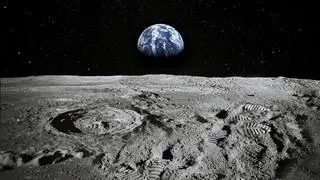A stadium-sized pressure balloon launched by NASA in New Zealand began collecting data in near space on Wednesday, beginning a 100-day planned journey after several launch attempts were thwarted by storms and cyclones.
The balloon, designed by the National Aeronautics and Space Administration to detect ultra-high energy cosmic particles from beyond the galaxy as they penetrate the earth’s atmosphere, is expected to circle the planet two or three times.
“The origin of these particles is a great mystery that we’d like to solve. Do they come from massive black holes at the centre of galaxies? Tiny, fast-spinning stars? Or somewhere else?” Angela Olinto, a University of Chicago professor and lead investigator on the project, said in a statement.
The balloon’s monitoring was only the start of a long quest which would next involve a space mission currently being designed by NASA, she added.
The balloon, launched on Tuesday in Wanaka, a scenic spot on New Zealand’s South Island, will collect data from 34 km above the earth.
New Zealand was also the base for NASA’s scientific balloon programme in 2015 and 2016.








Comments
Comments have to be in English, and in full sentences. They cannot be abusive or personal. Please abide by our community guidelines for posting your comments.
We have migrated to a new commenting platform. If you are already a registered user of TheHindu Businessline and logged in, you may continue to engage with our articles. If you do not have an account please register and login to post comments. Users can access their older comments by logging into their accounts on Vuukle.